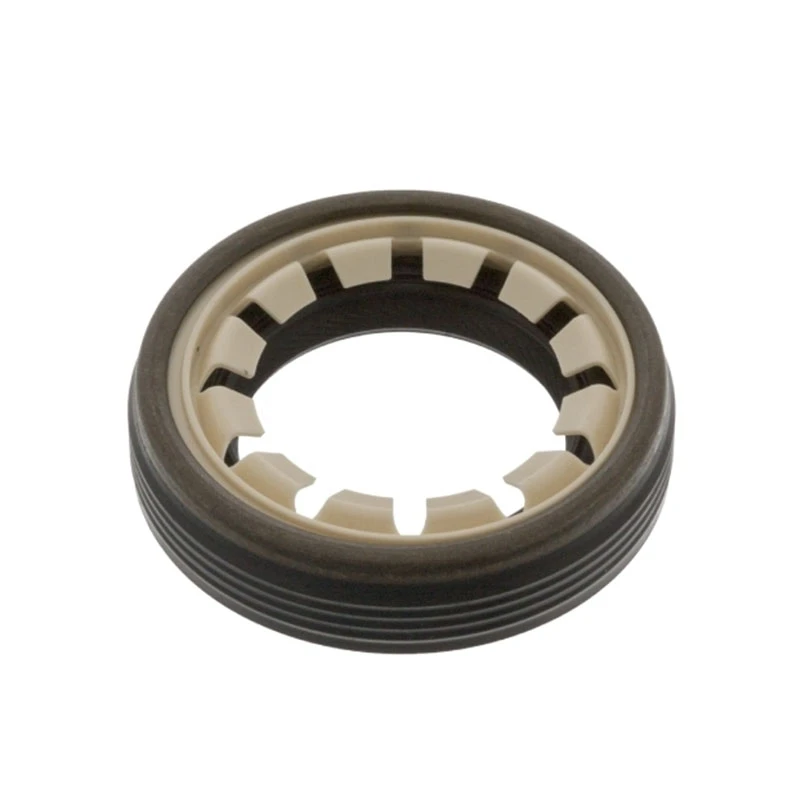front crankcase seal
Understanding the Importance of Front Crankcase Seal in Automotive Engines
The front crankcase seal, an often-overlooked component of an automotive engine, plays a crucial role in maintaining the integrity and performance of the engine. This seal is located at the front of the crankcase, ensuring that oil does not escape from the crankcase while simultaneously preventing contaminants from entering. In this article, we will explore the function, common issues, and maintenance tips related to the front crankcase seal.
Function of the Front Crankcase Seal
The primary function of the front crankcase seal is to retain oil within the crankcase. This oil is essential for lubricating various engine components, reducing friction, and preventing wear and tear. The seal is designed to withstand high pressures and temperatures generated by the engine, providing a reliable barrier against oil leaks.
In addition to retaining oil, the front crankcase seal helps to protect the engine from dust, dirt, and other contaminants. A proper seal ensures that these harmful particles do not enter the engine, which could lead to significant damage over time. The effectiveness of this seal is critical for the overall health of the engine, as even a minor leak can result in decreased oil levels, overheating, and eventual engine failure.
Common Issues with Front Crankcase Seals
While front crankcase seals are designed to be durable, they can wear out over time due to a variety of factors. One of the most common issues is wear and tear caused by age. Regular engine vibrations, exposure to high temperatures, and the natural breakdown of materials can lead to cracks or deformation in the seal.
Another common issue is improper installation. If the seal is not installed correctly during an engine rebuild or maintenance service, it may not create a proper barrier, leading to leaks. Additionally, the use of substandard materials or incompatible fluids can degrade the seal prematurely.
front crankcase seal

Leaks from the front crankcase seal present a significant problem for vehicle owners. Signs of a failing seal may include visible oil spots on the ground beneath the vehicle, a burning oil smell, or low oil levels despite regular topping off. If these symptoms are observed, it is crucial to address the issue promptly to prevent further damage.
Maintenance and Replacement
Preventative maintenance can go a long way in ensuring the longevity of the front crankcase seal. Regularly checking the engine oil level and condition can help detect any leaks early on. If the oil appears too low or contains debris, it is wise to investigate further to determine the source of the problem.
When it comes to replacing a front crankcase seal, it is essential to follow the manufacturer's specifications and recommendations. The process can be complex and may require the disassembly of various engine components to access the seal properly. It's advisable to consult a professional mechanic to ensure the job is done correctly and efficiently.
During replacement, it is also important to inspect related components, such as the timing belt or chain and the oil pump, as neglecting these parts could lead to additional issues down the road. Ensuring that all new parts are of high quality can also contribute to the overall health of the engine.
Conclusion
The front crankcase seal is an integral part of an automotive engine, ensuring that oil remains where it’s needed and contaminants stay out. Regular maintenance and vigilance can help prevent issues associated with this crucial component. By understanding its function, being aware of potential problems, and taking proactive steps to maintain the front crankcase seal, vehicle owners can extend the life of their engines and protect their investments. Remember, a small issue today could lead to significant repairs tomorrow, so it's always best to stay ahead of potential problems and address any signs of trouble promptly.
-
Understanding Polaris Front Differentials: Key Components for Off-Road Performance
News Jun.20,2025
-
Understanding Crankshaft Seals and Gaskets: Essential Components for Engine Longevity
News Jun.20,2025
-
Understanding Crankshaft Oil Seals: Vital Protection for Engine Performance
News Jun.20,2025
-
The Vital Role of Front and Rear Crankshaft Seals in Engine Protection
News Jun.20,2025
-
Rear Crankshaft Seals: Protecting Your Engine from the Back End
News Jun.20,2025
-
Crank Oil Seals: What They Do, How They Fail, and What They Cost
News Jun.20,2025
-
Understanding Oil Crush Washers: A Small Component with a Big Role in Vehicle Maintenance
News Jun.19,2025
Products categories















